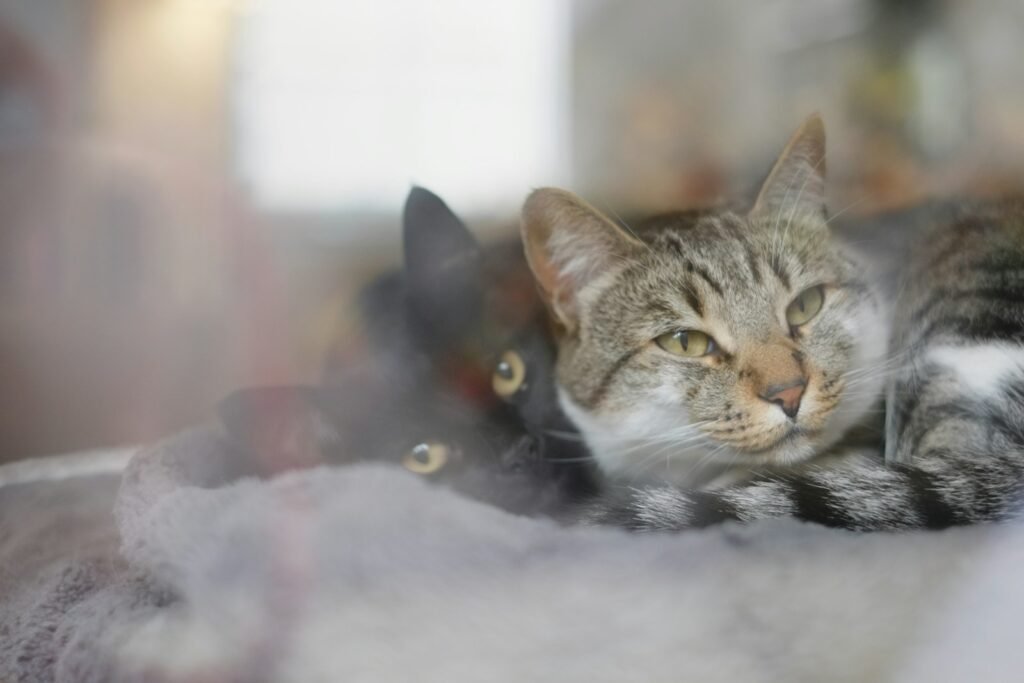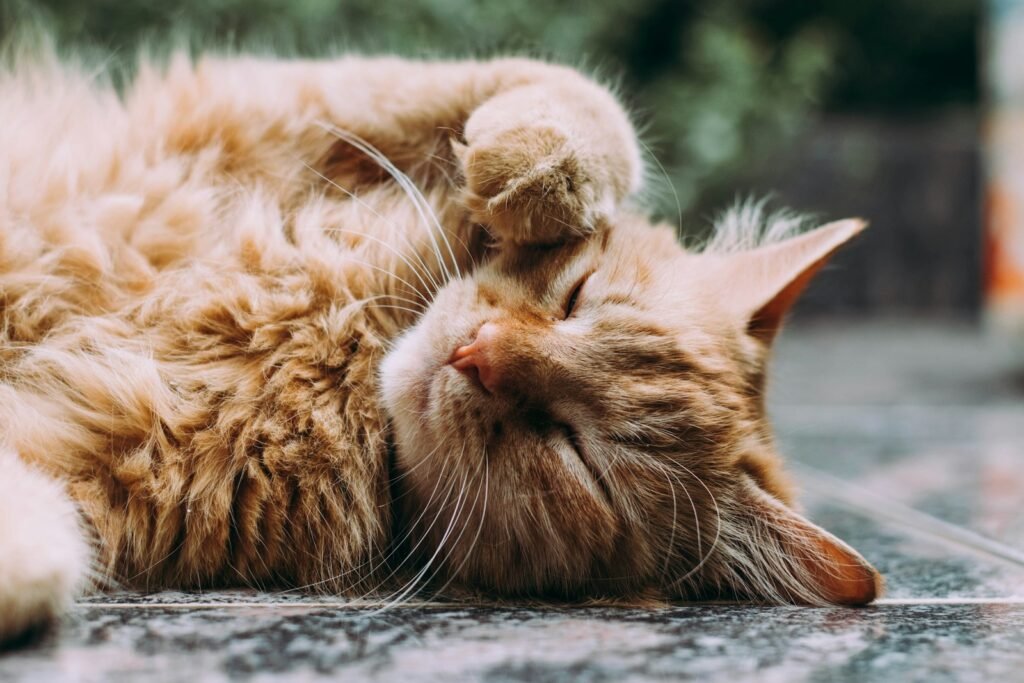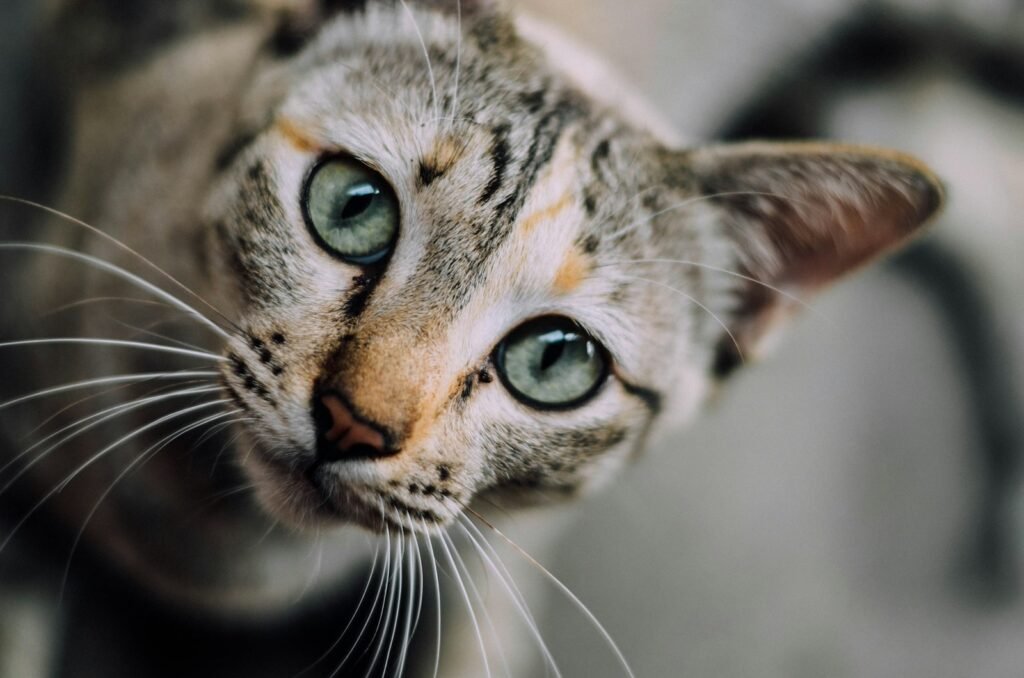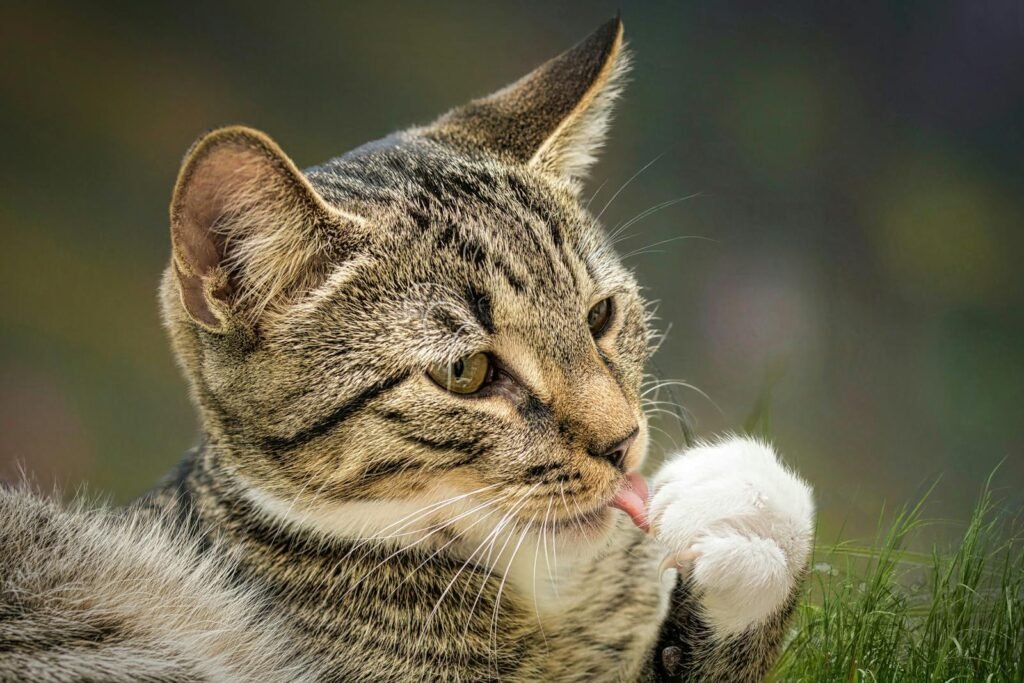Cats are known for their agility, stealth, and sharp senses. Among their fascinating attributes are their whiskers, or “vibrissae,” which are not just for decoration. These long, tactile hairs play a crucial role in a cat’s ability to navigate and interpret its surroundings. This article delves into how cats’ whiskers serve as advanced navigation tools, aiding them in their daily adventures.
Anatomy of Cat Whiskers

Whiskers are thicker and more deeply embedded in a cat’s skin than regular fur. They are rooted in a follicle rich with nerves and blood vessels. Typically, a cat has 24 movable whiskers, 12 on each side of its nose, with additional ones above the eyes, on the chin, and even on the back legs. This unique setup allows cats to pick up various stimuli efficiently.
The Function of Whiskers

Whiskers act like a highly sensitive radar system. These specialized hairs help cats detect changes in their environment, offering essential data about nearby objects, air movements, and surface textures. This function is vital for a cat’s survival, allowing them to maneuver through narrow spaces and dark environments.
Whiskers as Sensory Tools

Whiskers are deeply connected to a cat’s sensory nervous system. They send signals to the brain, providing information about the size, shape, and speed of objects in the vicinity. Because of this sensory input, cats can detect even the slightest movements or changes in their environment, enhancing their hunting prowess and ability to avoid dangers.
Detecting Obstacle Proximity

Cats use their whiskers as proximity sensors. They help cats gauge whether they can fit through tight spaces without getting stuck. This is particularly important for cats in the wild, where constant movement through dense underbrush is necessary to stalk prey or hide from predators.
Navigating In Darkness

Cats are known for their exceptional night vision, but their whiskers also help when light is scarce. By detecting even faint air currents and vibrations, cats can navigate through darkened environments, enhancing their ability to hunt and explore at night or in low light conditions.
Communication and Expression

Whiskers are not just utilitarian; they also convey a cat’s mood. A relaxed, happy cat may have loose, wide-set whiskers, while an alert or agitated cat will have whiskers that brush forward. This whisker positioning can serve as a way for cats to communicate with other animals and with humans, indicating their emotional state without vocalization.
Impact of Whisker Fatigue

Whisker fatigue, or whisker stress, is a condition that occurs when a cat’s whiskers are over-stimulated. This can happen if a cat’s sensitive whiskers frequently touch surfaces, such as the sides of a food or water bowl. Recognizing and mitigating whisker fatigue is important for a cat’s comfort and well-being.
Care and Importance of Whiskers

Whiskers should never be trimmed, as doing so can interfere with their function and the cat’s ability to navigate its world. It’s vital for pet owners to understand the importance of whiskers and ensure their cat’s environment is conducive to maintaining this crucial sensory tool.
The Role of Whiskers in Hunting

Cats rely on their whiskers to stalk prey. Sensitive to touch and vibrations, whiskers help cats detect movement and capture prey with precision. The spatial awareness provided by whiskers makes them excellent hunters, contributing significantly to their survival tactics throughout history.
The Marvel of Feline Whiskers

The complexity and effectiveness of cat whiskers showcase nature’s brilliance in designing creatures that thrive in diverse environments. Understanding the role whiskers play in a cat’s life not only deepens appreciation for these intriguing animals but also underscores the importance of preserving their natural abilities. Cats, with their advanced sensory tools, continue to captivate human interest and affection.

Suhail Ahmed is a passionate digital professional and nature enthusiast with over 8 years of experience in content strategy, SEO, web development, and digital operations. Alongside his freelance journey, Suhail actively contributes to nature and wildlife platforms like Feline Fam, where he channels his curiosity for the Feline into engaging, educational storytelling.
With a strong background in managing digital ecosystems — from ecommerce stores and WordPress websites to social media and automation — Suhail merges technical precision with creative insight. His content reflects a rare balance: SEO-friendly yet deeply human, data-informed yet emotionally resonant.
Driven by a love for discovery and storytelling, Suhail believes in using digital platforms to amplify causes that matter — especially those protecting Earth’s biodiversity and inspiring sustainable living. Whether he’s managing online projects or crafting wildlife content, his goal remains the same: to inform, inspire, and leave a positive digital footprint.






